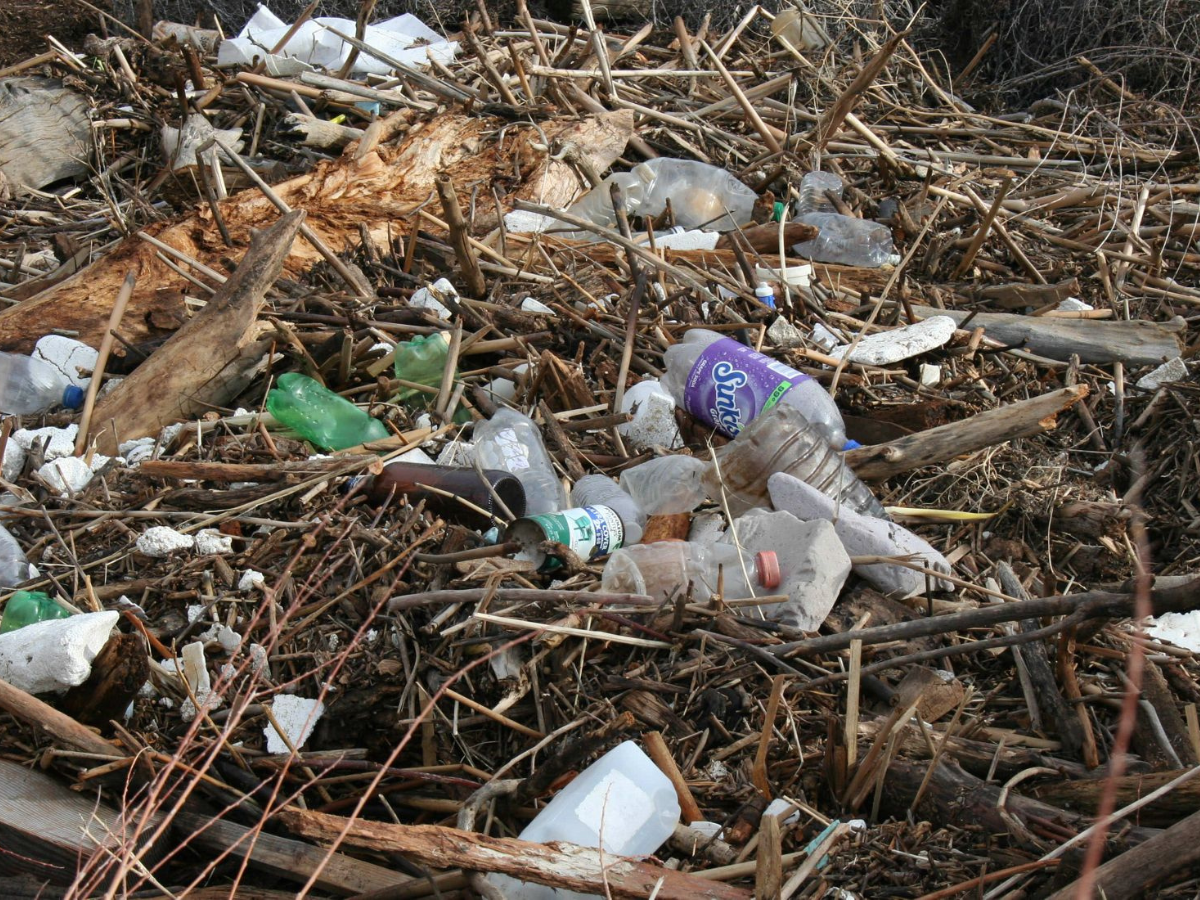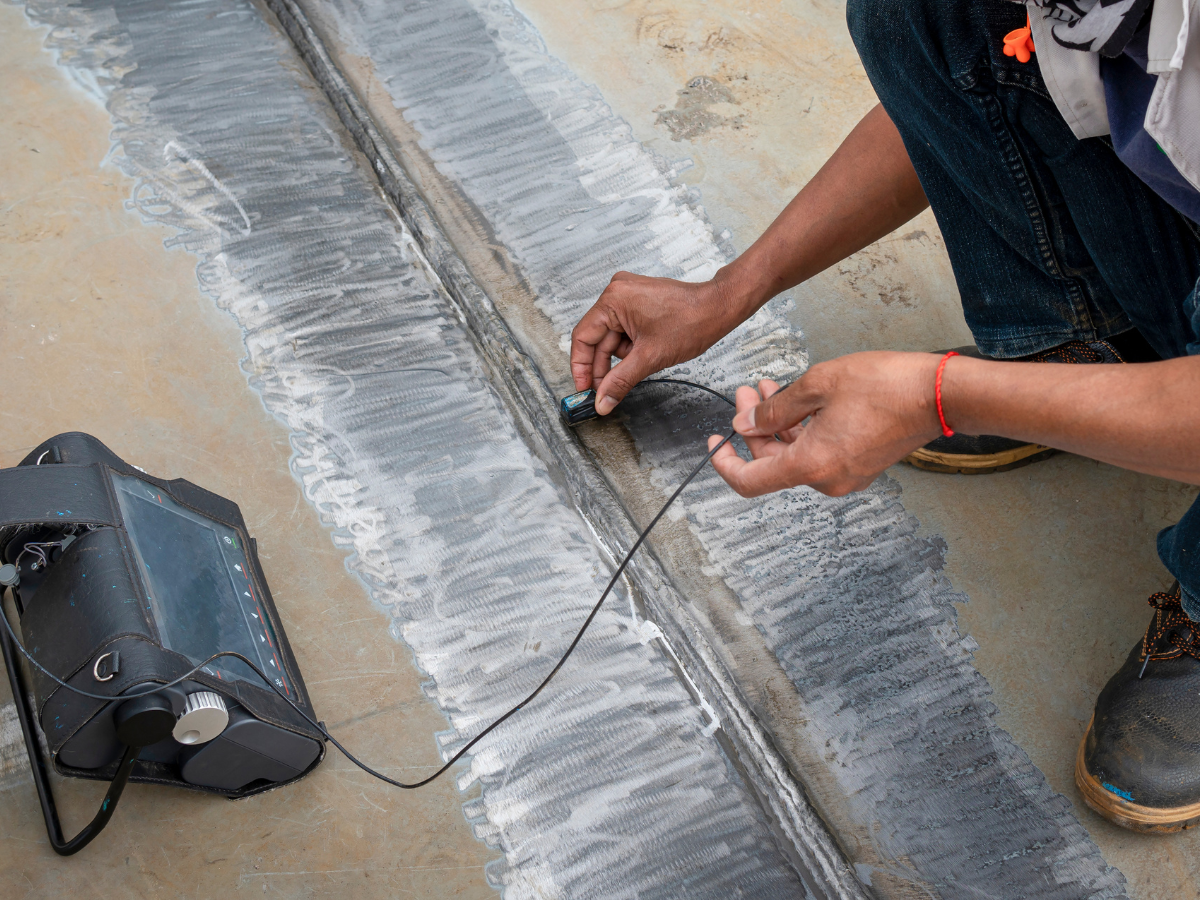How Non-Destructive Testing Can Help the Environment with Steel City NDT
June 17, 2024
In the quest for environmental protection, every industry has a role to play.
One such industry is the field of
non-destructive testing (NDT). This sector offers unique solutions that align with sustainable practices and eco-friendly testing methods.
NDT techniques help in early defect detection, waste reduction, and material conservation. They ensure structural integrity while minimizing environmental impact.
In this article, we delve into how NDT contributes to
environmental protection. We'll explore its role in sustainable practices, its benefits, and its future in environmental sustainability.
Understanding Non-Destructive Testing (NDT)
Non-Destructive Testing (NDT) is a suite of techniques used to evaluate the properties of a material, component, or system without causing damage.
It's widely used in industries such as aerospace, construction, and energy. The goal is to ensure safety and reliability.
NDT methods include ultrasonic, magnetic-particle, liquid penetrant, radiographic, and eddy-current testing. Each method has its unique applications and benefits.
By detecting defects early, NDT helps prevent failures that could lead to costly damages and potential environmental hazards.
The Environmental Impact of Traditional Testing Methods
Traditional testing methods often involve destructive processes. These can lead to significant waste of materials.
Moreover, they may require the use of harmful chemicals. These can pose risks to both the environment and human health.
The energy consumption associated with these methods can also be high. This contributes to increased
carbon emissions.
In contrast, NDT offers a more sustainable and eco-friendly alternative. It minimizes waste, reduces the use of harmful substances, and lowers energy consumption.
NDT and Eco-Friendly Testing Methods
Non-Destructive Testing (NDT) uses advanced technology to inspect materials and structures. It does this without causing any damage.
This approach is eco-friendly for several reasons. It reduces waste, conserves materials, and minimizes the use of harmful substances.
NDT methods include:
- Ultrasonic testing
- Radiographic testing
- Magnetic particle testing
- Liquid penetrant testing
- Visual inspection
Each of these methods has its own
environmental benefits.
Sustainable Practices in NDT
NDT promotes sustainable practices in various ways. It extends the lifespan of materials and structures by detecting defects early. This prevents premature replacement and waste.
Moreover, NDT reduces the need for destructive testing. This saves resources and reduces the environmental impact.
Lastly, NDT supports the circular economy. It aids in
recycling processes by assessing the quality of reused materials.

Photo by: The Nature Conservancy
Waste Reduction Through NDT
NDT plays a crucial role in waste reduction. By identifying defects early, it prevents the production of faulty goods. This reduces waste from defective products.
Moreover, NDT extends the life of materials and structures. This reduces the need for replacements, further
minimizing waste.
In essence, NDT contributes significantly to waste reduction in industries.
Material Conservation and Structural Integrity
NDT is a key player in material conservation. It detects flaws without causing damage, preserving the test subject's integrity.
This method also maintains structural integrity. It helps prevent environmental disasters caused by
structural failures.
In short, NDT is vital for both material conservation and maintaining structural integrity.
Early Defect Detection: Saving Resources and the Environment
Early defect detection is another benefit of NDT. It helps identify issues before they escalate, preventing wasteful production practices.
By catching defects early, NDT reduces the need for replacements. This leads to significant resource savings.
In essence, early defect detection through NDT is a boon for both resource conservation and environmental protection.
Steel City NDT: Leading the Way in Environmental Sustainability
Here at Steel City NDT, we take pride in our commitment to environmental protection and sustainability. Our services in the field of non-destructive testing (NDT) play a crucial role in minimizing the environmental impact of industries.
Through our advanced NDT techniques, we ensure early defect detection, waste reduction, and material conservation. We believe in promoting eco-friendly testing methods that align with sustainable practices.
Our team of experts at Steel City NDT recognizes the importance of structural integrity and environmental protection. By implementing NDT methods like
ultrasonic testing,
radiographic testing, and
magnetic particle testing, we contribute to a greener and more sustainable future.
With a focus on early defect detection and sustainable practices, Steel City NDT is dedicated to supporting industries in their environmental responsibility.
Contact us today and together, we can pave the way towards a more environmentally conscious and sustainable future.
You might also like





